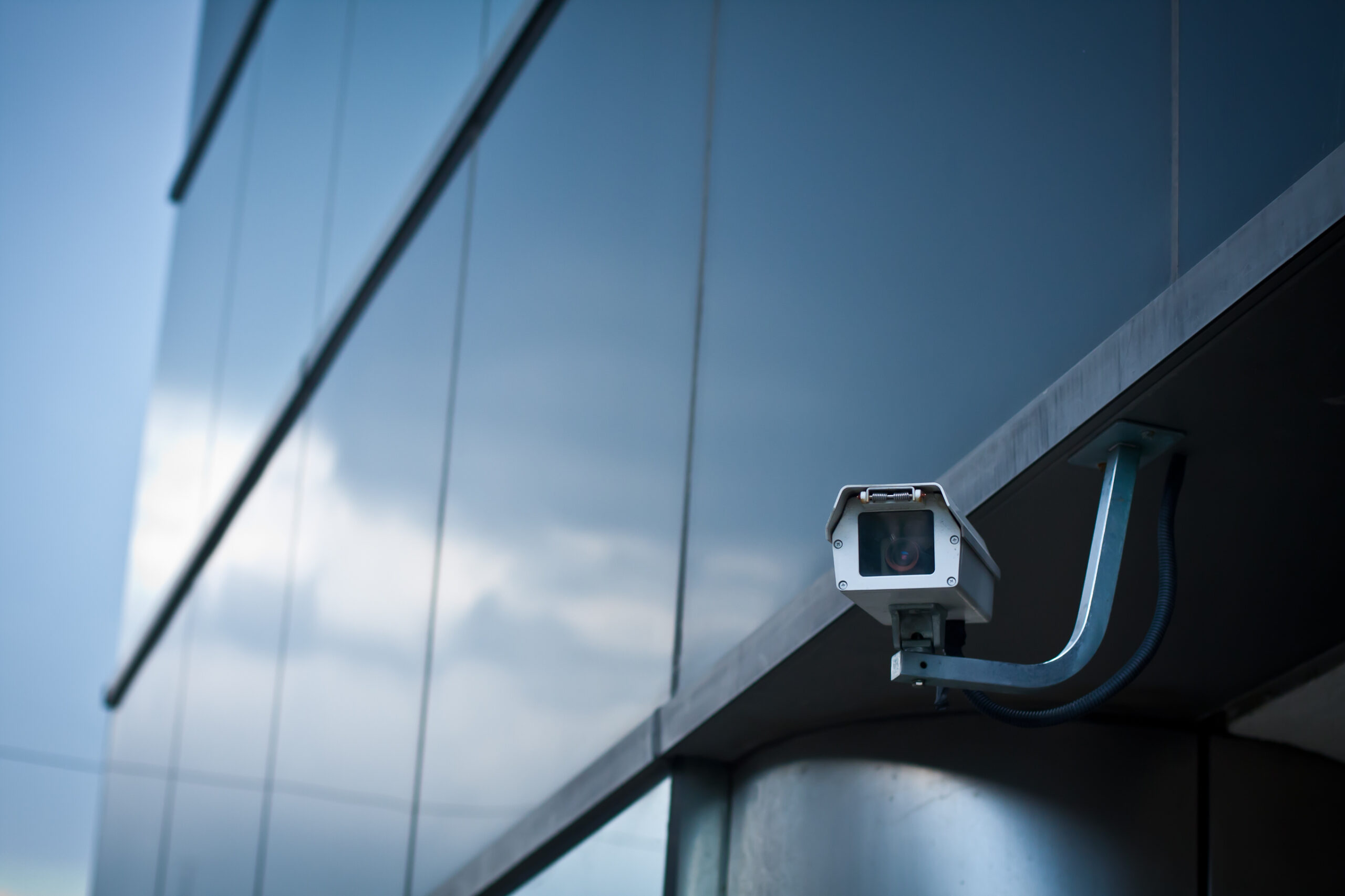Austin Police Deploy Hitachi Digital Services Solution to Serve and Protect With Greater Visibility and Connected Intelligence

Austin Police Department needed to maintain or reduce the number of police patrolling resources while continuing to reduce crime, especially in high-crime areas, and their entertainment and warehouse districts.
The Hitachi Visualization Platform (HVP) camera pods enabled the APD to implement their high-activity location and observation program (HALO) by proactively monitoring the cameras for crimes in real-time
Allows nearby police recourses to respond faster and be better prepared for events. They can also go back in time to view footage of crimes for investigation purposes
Texas does almost everything big and friendly. A U.S. state since 1836 and bigger than the country of France, Texas has many success stories, including the City of Austin.
From quality of life and entertainment to standout economic growth and future vision, Austin, Texas, is a big-scale success. With hugely popular downtown corridors and plenty of natural beauty, it is no wonder people flock from all over the world to visit or move to America’s 11th largest city.
Austin is particularly known for its technical savviness. The city recently topped an international list of global centers for the tech job sector.
The Austin Police Department (APD) is once again at the ready with another forward-focused technology for supporting a safer, smarter city. The goal: to implement a real-time observation project with digital cameras posted in strategic locations throughout the city. The first is a graphically small but crime-dense area known as Rundberg, just off the interstate. Installing surveillance devices was germane to enhancing quality of life for neighbors here, who had begun a Restore Rundberg Revitalization effort. The second main focus is two of Austin’s downtown entertainment districts. Perhaps one of the best-known streets in Austin is Sixth Street. Spanning seven blocks between Congress and Interstate 35, it is host to a vibrant night entertainment scene with bars, music, art, cafes and restaurants. Another downtown area, known as the Warehouse District, is packed with award-winning hotels, eateries and shops.
Both targeted entertainment areas have big crime statistics, too (as discussed in the Assess Results, Make Changes section below).
“When Chief Acevedo came into office a few years back, part of his focus was bringing balanced technology innovations into how we do our jobs, how we serve and truly protect the community. Under his leadership, we’ve been able to reengineer our department into a data-driven and intel-based policing organization. The public safety camera project is designed to aid the city in deterring, detecting and investigating crimes,” explains Troy Gay, Austin assistant chief of police.
Proactive Support for Officers and Communities
Part of the impetus for Austin Police Department’s public safety camera project was the economy. Volatility in the U.S. economy challenged many public sector organizations across the country to hesitate before spending precious budget funds. The APD was working hard to stretch its budget allocation as far as it would go. The public safety cameras offered a way to do just that.
The APD venture is officially known as the HALO Public Safety Camera Project. HALO is short for High Activity Location Observation and is part of an ongoing effort to reduce crime in “hotspot” areas in central Austin.
“We saw it as a way to proactively support the feet on the street, so to speak, to aid our officers in surveillance, crime deterrence and emergency response,” says Gay. “We started down the path of seeking grants and seed money to fund a surveillance system.”
APD was quickly successful in receiving two grants totaling US$600,000 for phases I and II, for the Rundberg and downtown district cameras. Along with the startup funds, the department assembled a team to gather requirements for the project and evaluate potential vendor solutions. The team took to task researching technologies and reviewing proof-of-concept demonstrations, after which vendors were scored and ranked. Avrio ranked No. 1 and awarded the bid for the project.
Today, Avrio is a Hitachi company, housed in Hitachi’s public safety and smart city solutions group. The group’s mission is to make safer, smarter, more efficient cities, by combining advanced video, sensor and network technology for comprehensive public safety solutions, or, in other words, connected intelligence. Avrio brings to the table expert wireless communications, wide area video surveillance, and video and sensor integration. These technologies are included in Hitachi Visualization, an end-to-end solution comprising intelligent edge-capture devices and an integrated cloud and mobile software platform.
The APD and its selection team recommended the Rundberg and entertainment areas to be included in the initial phases of the HALO project. These recommendations and subsequent approvals were based on crime data and community input. Additionally, committees were formed to develop the city’s camera policy and an operations manual, collectively addressing guidelines, procedures, training, monitoring, privacy concerns and camera placement.
The HALO project and surveillance systems will be audited each quarter, based on:
- Disruption of crime patterns.
- Identification of criminals and criminal activity.
- Confirmed cases of video evidence used to assist in prosecution of crimes.
- Protection of First and Fourth Amendments to the U.S. Constitution.
Seize End-to-End Visibility
Hitachi’s solution for APD’s Phases I and II is based on Hitachi Visualization Platform (HVP), specifically edge-capture camera pods. HVP enables edge recording and analytical capabilities for remote video surveillance. With built-in 4G LTE, Wi-Fi, GPS and optional wireless point-to-point and copper connectivity, HVP is widely used for public safety objects and integrates with nearly all critical platforms.
Essential to meeting APD goals for HALO, Hitachi Visualization Platform embeds technical sophistication into rugged thermoplastic pod enclosures that are ideal for rapid deployment in any climate, on any pole or building. These camera pods support:
- Gunshot detection, to convey the location of gunfire using acoustic and optical sensors.
- License-plate recognition (LPR) using high-definition and 3 megapixels (MP) for high capture rates even in low-light conditions.
- Radioactive isotope detection, which helps sense, interdict and potentially prevent an attack using radioactive materials.
- Video-management systems, access control, and radar.
- Computer-aided dispatch (CAD) and 911 systems.
- Video analytics, intelligent routing, bonding and failover.
- Cloud-managed bandwidth monitoring and configuration.
- Third-party cameras.
“We chose these cameras for their technical functionality, reliability and scalability,” notes Gay. “As we look to the future, of this project, and our city, there is progress, there is awareness, and there are results.”
Assess Results, Make Changes
Assistant Chief Gay was right: the APD efforts have evidenced progress, awareness and results. In its quarterly report, APD listed 108 capture incidents from camera video footage. After rolling out HALO, the department implemented a real-time crime center to monitor the HVP cameras.
“The crime center can monitor cameras in real time, to proactively watch for crimes as they happen. This monitoring activity provides immediate support to officers who are nearby and able to respond to inprogress crimes, like aggravated assault,” Gay furthers. “We’re also able to supply detailed information on events that have recently occurred and the 911 calls that were received. Our team can monitor the cameras surrounding an event area in real-time and view video footage that was taken during the time of the call. All of this is crucially helpful to identifying subjects and locations ahead of time, and to going into a situation much better prepared.”
While the APD began with 41 cameras, the HALO project’s success is swiftly growing in size and popularity. Through HALO the department now has gained viewing access to approximately 1,000 cameras across the city, including school districts. While non-APD cameras do not fall under the department’s control, they do provide situational awareness and increased public safety. Next, the APD plans to integrate with private entity cameras. While some surveillance systems do not have integration capabilities, Hitachi Visualization technology seamlessly supports third-party integration using the HVP gateway and Hitachi Visualization Suite software.
With phases I and II successfully completed, APD is embarking on phase III. The scope of phase III includes purchase of additional HVP cameras, plus related hardware, software, services, maintenance and post-warranty support. This maturity phase will also include enhancement of wired and wireless network capacity and security to ensure continued, uninterrupted operational resilience.

The solution for Phase III will include Hitachi Visualization Suite (HVS), a comprehensive software application that inherently operates with HVP. Public safety officials are able to enhance communication, improve situational awareness, and respond faster with Hitachi Visualization Suite. It supports incident management and investigative features, and connects with a wide range of security assets for powerful workflow and business intelligence.
HVS delivers up-front simplicity that includes visual alerts from sensors, cameras and those external systems. The APD can use a Web browser, a user account and the Internet to connect, monitor and manage Hitachi Visualization cameras, software and architecture. Video and data display as icons on a map. Live video streaming and gunshot detection alarm reports are a click away.
Back-end sophistication is tucked behind these user-friendly Hitachi tools. HVS analytics modules work as a data-mining engine to gather and predict where and when crime can occur. HVS ingests real-time video feed from open-source crime databases and online social media applications to add insights. And HVS workflow modules integrate third-party video management software with critical sensors and systems for advanced analytics and mapping. HVS can even direct video to be accessible to police mobile data terminals. HVS is also available for public, private and hybrid clouds.
“We look forward to continuing this journey. We’ve made significant strides to date, and with the right technologies and thoughtful planning, we will be able to achieve new possibilities for our truly great city,” said APD Chief of Police Art Acevedo

